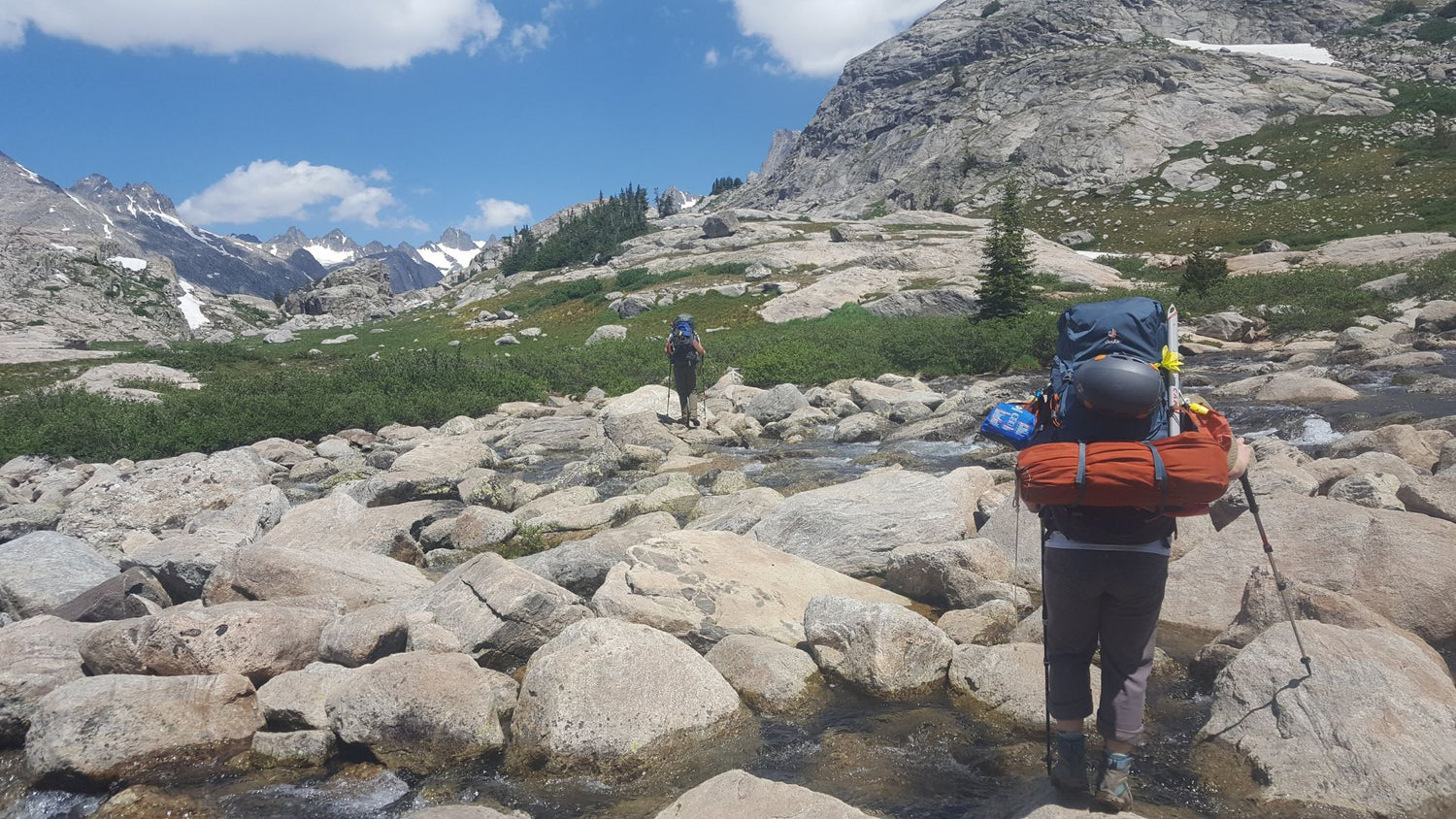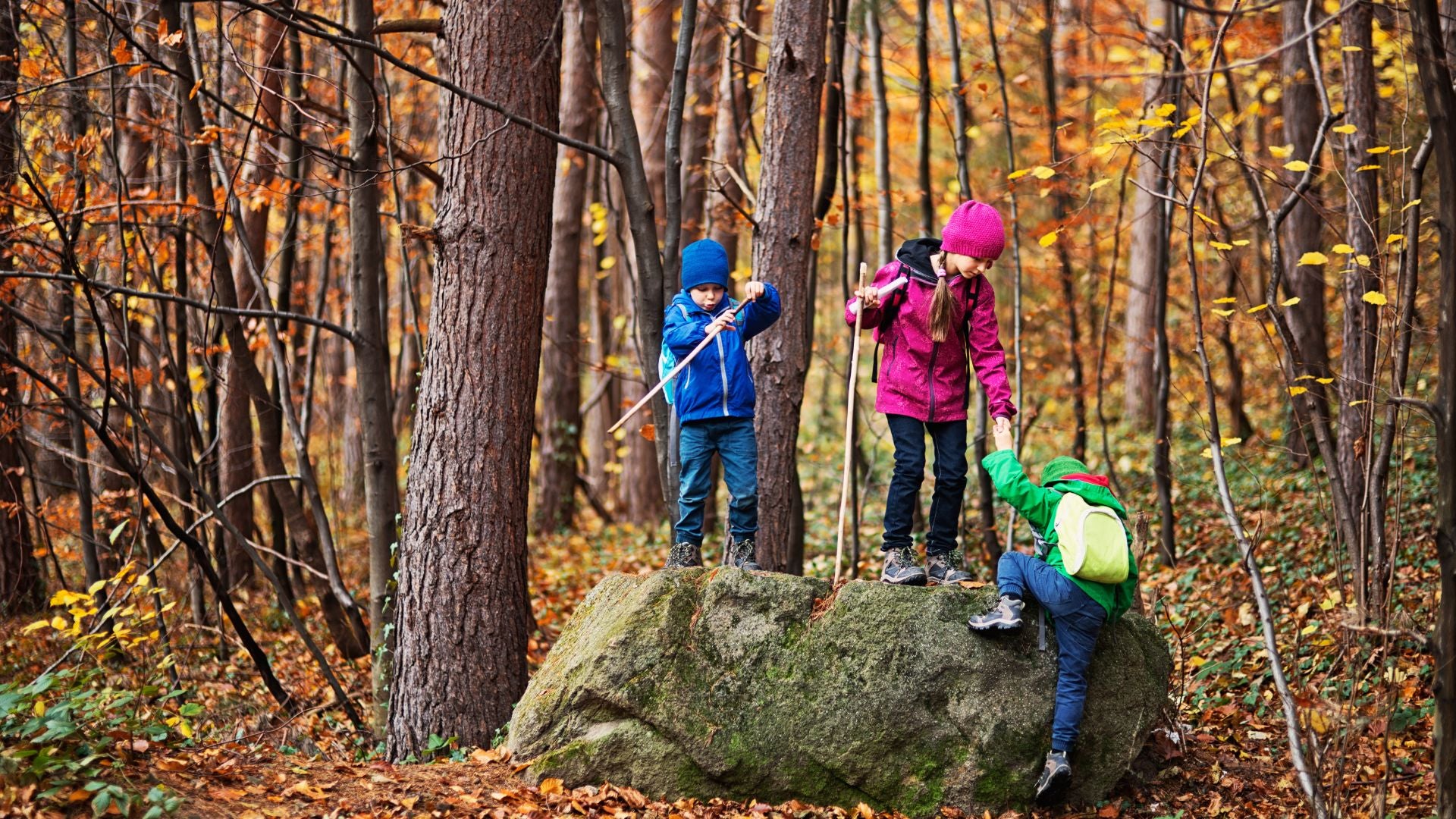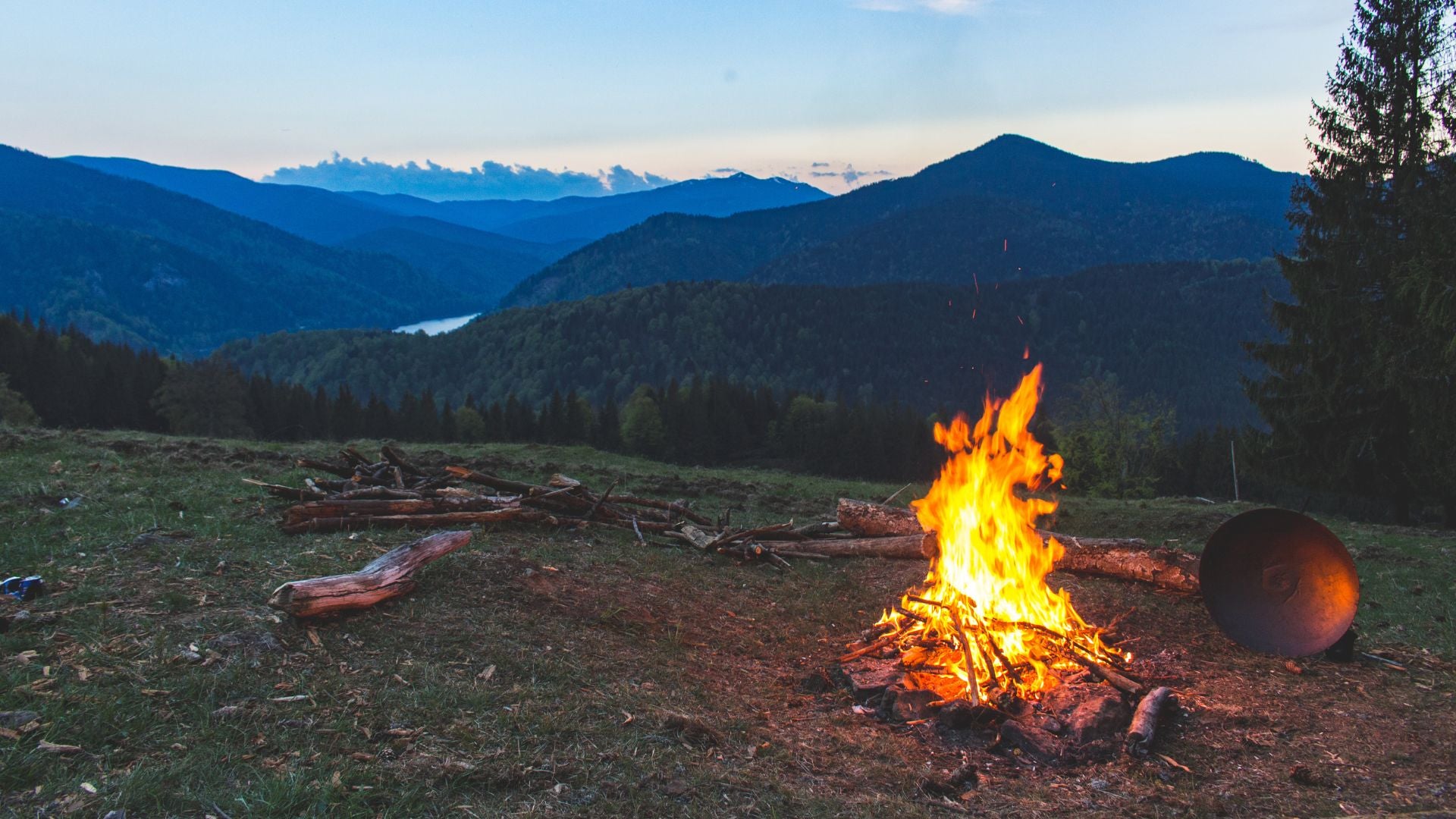It’s your gear – closer to you than many people, as familiar as that face in the mirror. Maybe that’s the problem: Familiarity. It breeds contempt, and we forget gear can cause injuries. So, take heed of these pointers to avoid and treat gear-related injuries before hitting the trail this spring.
Backpack Pains
Your backpack goes most everywhere with you, but improper handling can cause some painful gear injuries.
The Pack and Your Back
A clean-and-jerk of your pack looks impressive but can drop you to the ground in low-back agony.
Good news: The torn muscles usually heal on their own.
Bad news: A miserable way to spend the next few days.
As soon as you can do it pain-free, start walking. Lying around delays healing. When you do rest, do it on your side or on your back with something beneath your knees to keep your lower back relaxed. Take ibuprofen, with food and lots of water. A massage of the hurting muscles may add relief. Beware, and find a doctor, if the pain won’t go away or if it shoots down a leg.
Prevent the pain: With your legs flexed, pull the pack up onto one thigh. Slip an arm through a strap, and gently flip the load onto your shoulders. Better yet, get someone to hold your pack up while you slip into it.
The Pack and Your Knee
Throwing a heavy pack toward your shoulder can put a twisting, sideways pressure on your knee. The result can be torn ligaments: a blown knee.
ASAP get some RICE (Rest; Ice; Compression; Elevation) on the joint to reduce swelling and boost healing. If the knee remains relatively stable, you can keep hiking – but RICE it several times a day. An elastic wrap around your knee will provide a little support, and remind you to be cautious. If the knee feels unstable, find a doc. Take it easy on your knees with the same preventative pack-handling steps you use to take it easy on your back to avoid this gear injury.
In-Tents Pain
Pole Meets Eye
In the struggle to get the tent pole into the final grommet, you lose control and the pole pokes you—usually no big deal, unless it hits you in the eye.
Get someone to examine your eye carefully. Don’t worry about redness and swelling—common results of this gear injury. Worry instead about loss of vision and/or a cut in your eye, both of which you should have a doc look at ASAP.
Rinse the eye gently with water safe to drink. If there’s a cut in the eye, and fluid is leaking out, stay still, stay semi-sitting, and get someone to go for help. And in the future make sure the pole is pointing toward no one when you make the final shove.
Stakes Too High
Hard ground, dull tent stakes, and a big rock: a combo asking for yet another gear-related injury: a smashed finger. Torn skin should be cleaned and kept clean – but what about that painful pool of blood underneath a nail bed? Clean the nail, heat up the sharpest tip you have, and gently drill through the nail. As soon as blood bursts out, quit drilling. Soaking the finger in water will encourage the blood to drain. You’ll get a big relief from pain, but you need to be more careful next time. Or have someone else hold the stake while you pound it in.
Tricks Poles Play
Adjustable trekking poles have brought a new face to gear-related injuries.
The problem: They may adjust on their own. You end up with your face planted.
The possible injuries are too numerous to mention—but prevention, ah, there’s the answer. After the poles are set for your height (with your arms bent at about 90 degrees), take a turn of duct tape around the pole beneath the release point. If it releases unexpectedly, it won’t go far—and neither will you.
Recommended Gear List (for Managing Those Gear-Related Injuries)
Ultralight/Watertight .9 – Contains ibuprofen for treating muscle and joint pain, elastic bandage for supporting a strained knee, and essential wound care materials for properly cleaning and treating cuts and scrapes. Also features a 2″ x 50″ roll of duct tape for repairing gear and taping those trekking poles. Suitable for 1 to 4 people for trips lasting 4 days.














